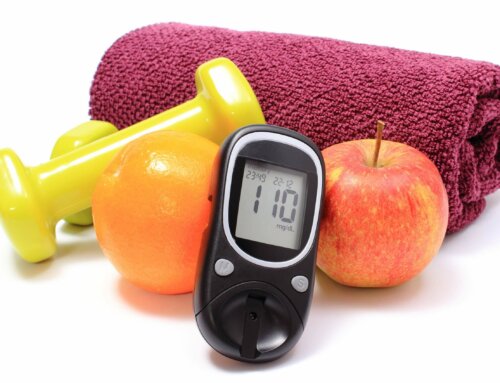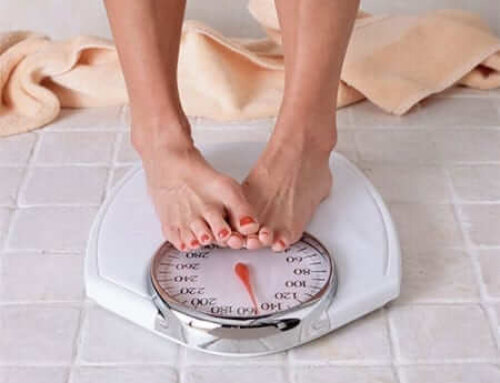One common complication that occurs in 60-70% of people with diabetes is neuropathy or nerve damage. This is a lack of sensation or loss of ability to feel pain, hot or cold, usually in the feet. Diabetes can cause poor circulation or blood flow as well, and this dangerous combination may lead to foot ulcers or more complicated foot problems. Neuropathy can increase the risk of hammer toes, bunions, and a condition called Charcot foot or a change in the shape of the foot. There are multiple guidelines that you can follow to prevent problems including checking your own feet daily, never going barefoot, consulting a podiatrist when indicated and by wearing proper shoes. Studies have shown that well designed footwear can reduce the risk of foot sores and ulcers.
Things to look for when purchasing proper diabetes footwear:
- High wide toe box to allow movement of the toes without hitting the front or top of the shoe. This increases air circulation in the shoe as well as blood circulation to the foot since they are more roomy and comfortable.
- Insoles to give better cushioning to the foot. They should be light weight, yet strong and removable.
- Ability to remove insoles to allow them to dry out from perspiration; perspiration can cause more bacteria and fungus. Feet have approximately 250,000 sweat glands and can produce almost ½ pint of perspiration; change shoes and insoles to allow them to dry out completely.
- Ability to remove insoles so that another supportive orthotic can be used, if suggested by your doctor.
- Rocker soles could be included to reduce pressure on the ball of the foot; this often is the site of ulcers or complications. The heel and toe will be slightly curved to allow for a more neutral foot position.
- Shoe materials that are light weight, breathable yet supportive. Easy entry into the shoe with a proper and secure closure to prevent difficulty getting into the shoe.
- Slip resistant bottoms or rubber bottoms to prevent a possible skid or fall.
- Heel cradles or cups which help those with flat feet by realignment and extra cushioning.
- Shoes with no seams on the inside which can cause rubbing or abrasions.
Always remember to wear socks with your shoes for an extra layer of protection, especially those that wick away perspiration and have no seams. Try to increase your footsteps each day but stay safe and comfortable while reaching your goal in proper shoes!
NOTE: Consult your doctor first to make sure my recommendations fit your special health needs.











Leave A Comment